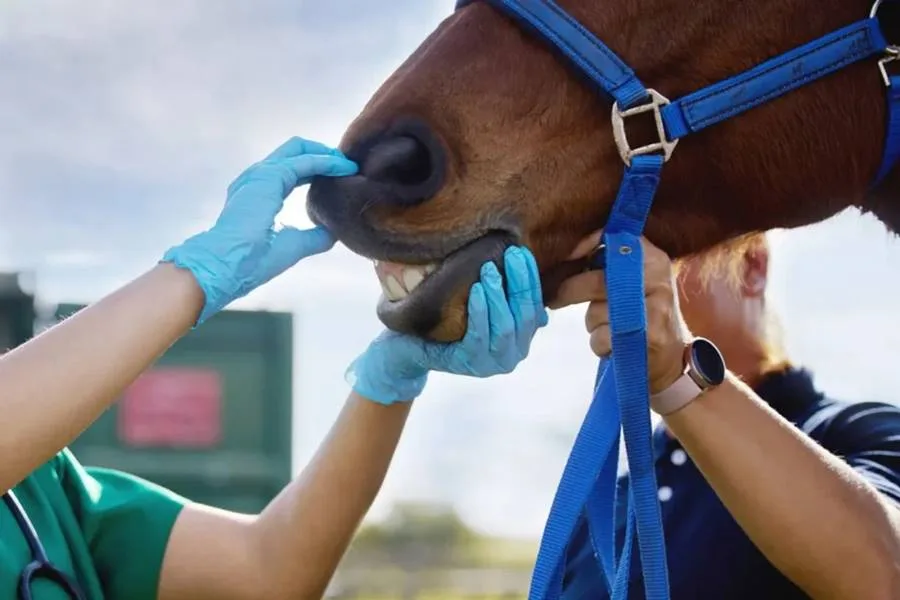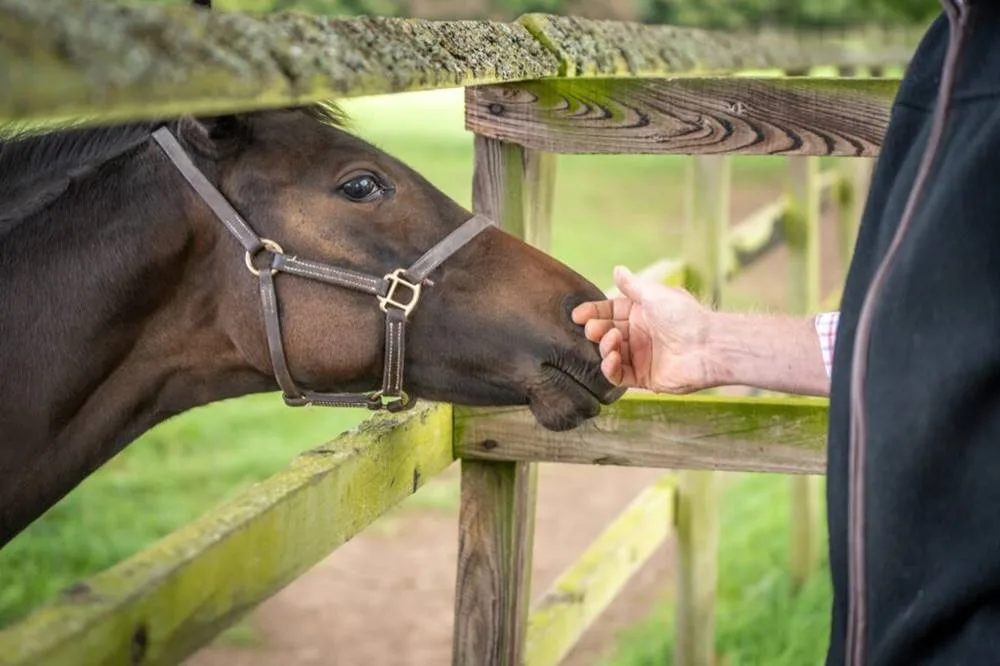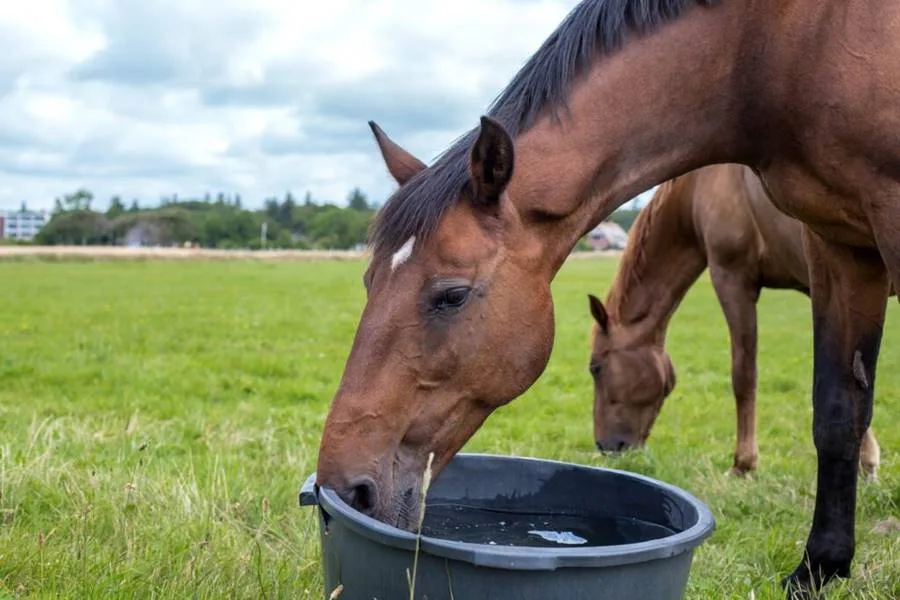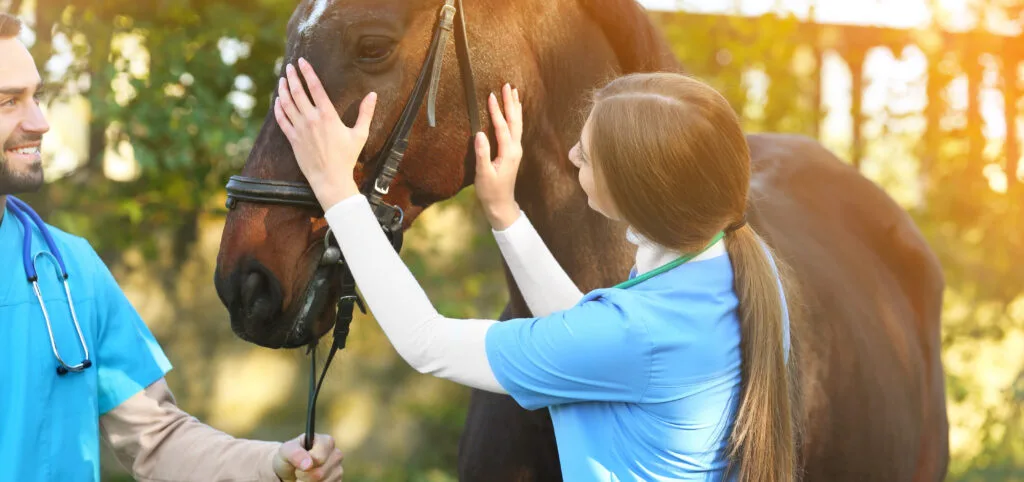The horse is a majestic animal and part of being a responsible owner is to provide them with quality care and attention.
While it can seem time-consuming, spending time with your horse and keeping an eye on their general health will not only make their life a long and happy one, it will also reduce veterinary bills.
Signs of Illness Horse
should monitor your horse regularly for signs of illness, such as during daily feeding and grooming times. General signs of illness include a lack of appetite, diarrhea, coughing and sneezing, or a discharge from the eyes or nose. Illness can also show up as a loss of hair or itchy areas on the skin. Problems with the musculoskeletal system are often seen as lameness (such as not putting weight on a particular leg), reluctance to move, or head bobbing. If your horse shows any of these signs for more than a day or two, a visit with your veterinarian
Horse Dental Care
Equine teeth grow and wear down continuously throughout life. Unfortunately, they often wear unevenly, leading to sharp points, edges, and even hooks that need to be filed down, or “floated.”
Horses require a dental checkup with their veterinarian at least once per year (older horses need more frequent checkups). veterinarian will check the mouth for loose or missing teeth, retained “caps” (“baby teeth”), teeth with sharp points or edges, and any gaps where feed is getting trapped between teeth. The teeth will be floated to restore balance across the chewing surfaces of the teeth, and any other identified problems can be addressed as well
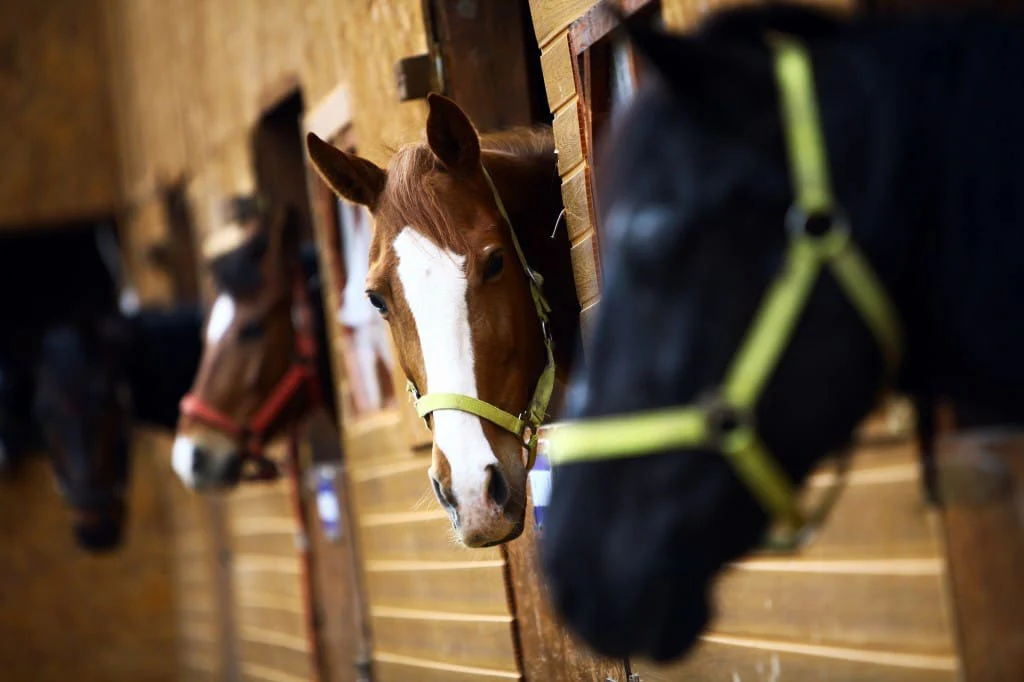
Horse Grooming
Grooming is an important part of daily maintenance for horse. Daily brushing and currying helps remove dirt and debris that can allow bacteria a place to multiply. During grooming, you can also check the overall condition of your horse’s skin and find sores, infections, bumps, or welts when they first arise. Vigorous currying is required to remove dirt, and horses generally enjoy it. Hair that is bound up (tail bags and mane braids) should be taken down every 10 to 14 days for brushing and cleaning. Horses can be bathed with equine shampoo, but baths should be kept to a minimum to avoid drying out the skin and coat. Horses should not be bathed when winter temperatures are below freezing, because horses need to be dry to resist the cold.
Hoof Care
Horse Exercise
Your horse should exercise every day – more than grazing and wandering around the paddock.
Start by warming up your horse by encouraging a 10-minute walk or trot. Once they’ve warmed up, riding and non-riding exercises – like swimming or giving them toys to play with – maintains fitness and helps build stamina. Cooling down is important too. Another 10-minute walk followed by spraying them down with water, drying them off and brushing is sufficient. You should also wait for your horse to cool down before feeding it.
Horse Providing a good night’s sleep
Horses can sleep standing up, but they sleep better when lying down. This requires adequate bedding in the stable so they can be comfortable, and this should be kept clean to avoid potential health issues.
The inexpensive option is straw. While it is warm and comfortable, it needs more maintenance as it can contain fungal spores. It helps to keep the straw dry and covered. Wood shavings are a better, but more expensive, option as they are more hygienic. It’s important to check what types of wood shaving are appropriate for horses, as some can be toxic.
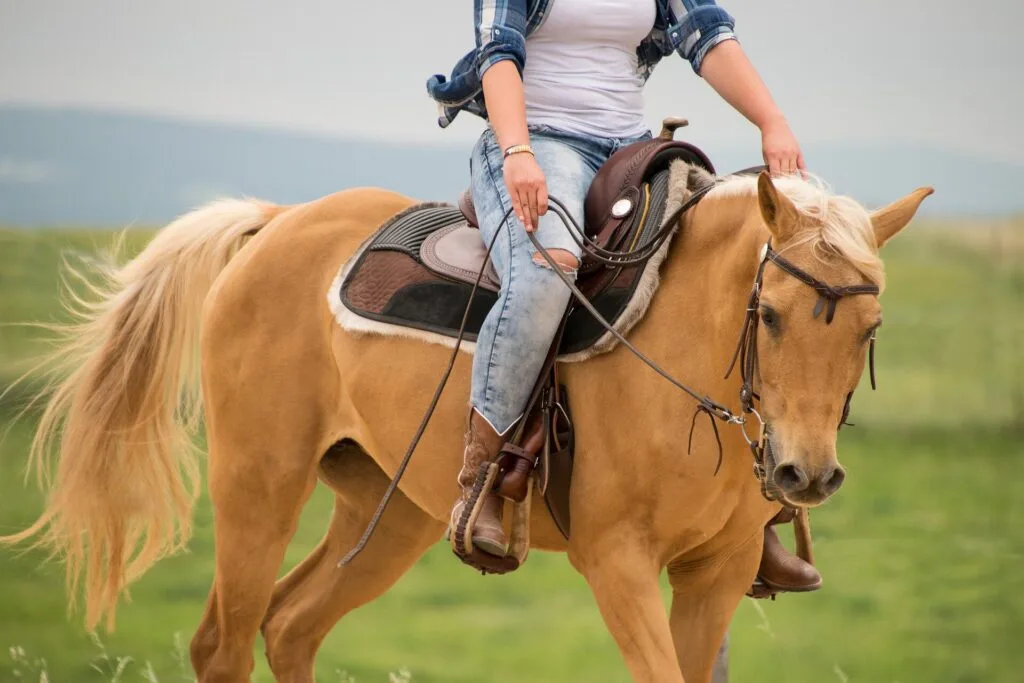
Looking after horses doesn’t stop after you’ve safely homed them and provided food and water. There are many additional things you must do to ensure your horse is healthy and happy. horses are beautiful animals and great companions. However, they also represent a major commitment and we strongly recommend seeking expert advice and avoiding rushing into anything. Looking after horses takes time, love and attention.

